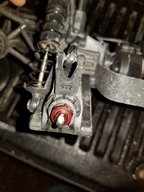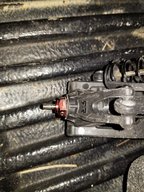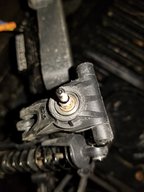sentonist
Active Member
Hey guys! So on my week old Senton 3s, blew a tire, huge bummer. Just got a set of BFG Baja KR2 proline tires, and converted to a 12mm hex from the 14mm. I decided to convert because of the rarity of wheels with that size hex.
Anyway, out of suspicion that something might go wrong, I noticed that the center hub nut was pretty dang hot. And with my lack of experience in this, I have no idea how that area is getting so hot.
Can any of you guys lend some knowledge in this aspect?
thanks
Anyway, out of suspicion that something might go wrong, I noticed that the center hub nut was pretty dang hot. And with my lack of experience in this, I have no idea how that area is getting so hot.
Can any of you guys lend some knowledge in this aspect?
thanks





